The Australian Medical Association (AMA) has released a position statement calling on the Federal Government to implement a national obesity strategy:
Releasing the AMA’s revised and updated Position Statement on Obesity 2016, Dr Gannon said that combating obesity demands a whole-of-society approach.
“The AMA strongly recommends that the national strategy include a sugar tax; stronger controls on junk food advertising, especially to children; improved nutritional literacy; healthy work environments; and more and better walking paths and cycling paths as part of smarter urban planning,” Dr Gannon said.
“A national obesity strategy requires the participation of all governments, non-government organisations, the health and food industries, the media, employers, schools, and community organisations.
“The whole-of-society strategy must be coordinated at a national level by the Federal Government and must be based on specific national goals and targets for reducing obesity and its numerous health effects.
“More than half of all adult Australians have a body weight that puts their health at risk. More than 60 per cent of adults are either overweight or obese, and almost 10 per cent are severely obese.
“At least a quarter of Australian children and adolescents are overweight or obese.
“Obesity is a risk factor for type 2 diabetes, heart disease, hypertension, stroke, musculoskeletal diseases, and impaired social functioning.
“Around 70 per cent of people who are obese have at least one established health condition, illness, or disease, which can increase the cost of their health care by at least 30 per cent.
“Obesity was conservatively estimated in 2011-12 to cost Australian society $8.6 billion a year in health costs and lost productivity. More recent studies have put the cost much higher.
“The AMA recommends that the initial focus of a national obesity strategy should be on children and adolescents, with prevention and early intervention starting with the pregnant mother and the fetus, and continuing through infancy and childhood.
“We are urging the Federal Government to lead a national strategy that encompasses physical activity; nutritional measures; targeted interventions, community-based programs, research, and monitoring; and treatment and management.
“Governments at all levels must employ their full range of policy, regulatory, and financial instruments to modify the behaviours and social practices that promote and sustain obesity…
The AMA recommends that the Federal Government’s national obesity strategy incorporates these key elements:
- greater and more sustained investment in research, monitoring, and evidence collection to determine which and individual and population measures are working;
- town planning that creates healthy communities, including safe access to walking and cycle paths, parks, and other recreational spaces;
- a renewed focus on obesity prevention measures;
- ban the targeted marketing of junk food to children;
- a ‘sugar tax’ – higher taxes and higher prices for products that are known to significantly contribute to obesity, especially in children;
- subsidies for healthy foods, such as fruit and vegetables, to keep prices low, especially in remotes areas;
- action from the food industry and retail food outlets to reduce the production, sale, and consumption of energy-dense and nutrient-poor products;
- easy to understand nutrition labelling for packaged foods;
- expansion of the Health Star Rating scheme;
- greater support for doctors and other health professionals to help patients lose weight; and
local community-based education and information programs and services.
Mostly fair enough, especially the part around implementing a ‘sugar tax’ and banning junk food advertising to children.
My only significant issue is with the AMA’s call to expand the Health Star Rating scheme, which in my view needs a complete overhaul.
For example, how is it that natural virgin coconut oil receives only a half star health rating (because it contains over 90% saturated fat):

And natural full fat Greek yogurt receives only 1.5 stars:
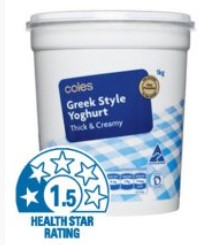
When sugary low fat yogurt receives a 3-star health rating:

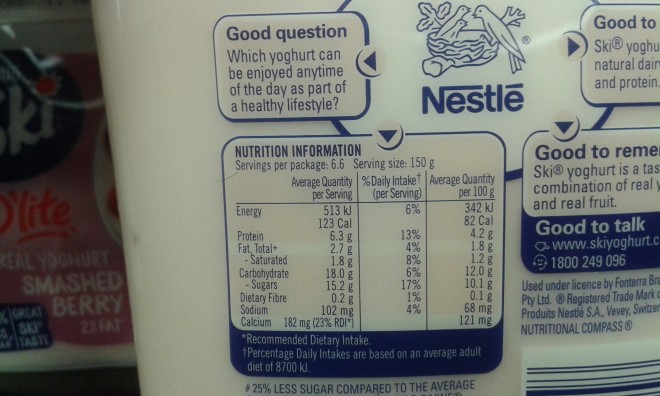
Highly processed cereals chock full of sugar receive a healthy 4-star rating:

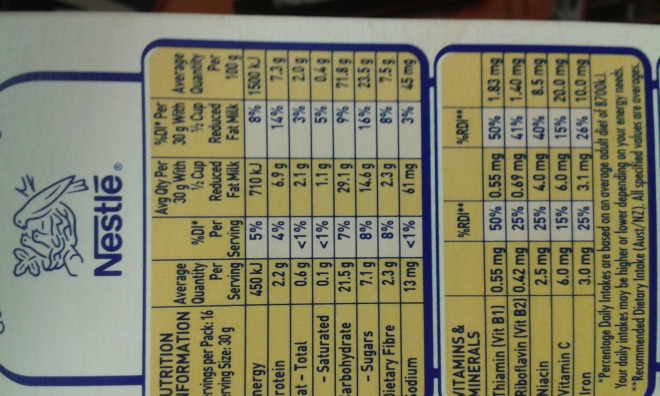

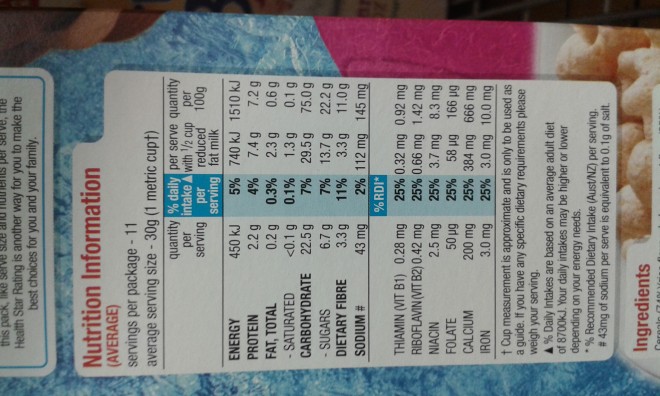


A processed sugary chocolate-flavoured “Up and Go” milkshake, which contains 19.3 grams of sugar per serve, receives a healthy 4.5 star health rating?


And even Milo receives a healthy 4.5 star health rating when it is made up of nearly half sugar?

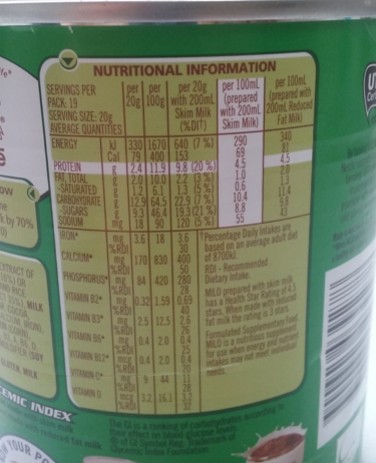
Is there any wonder why sugar consumption is sky-high, and diabesity is a growing epidemic in Australia, when our own Health Star Ratings program (let alone the Heart Foundation Tick program) largely ignores sugar’s infestation within our food?

